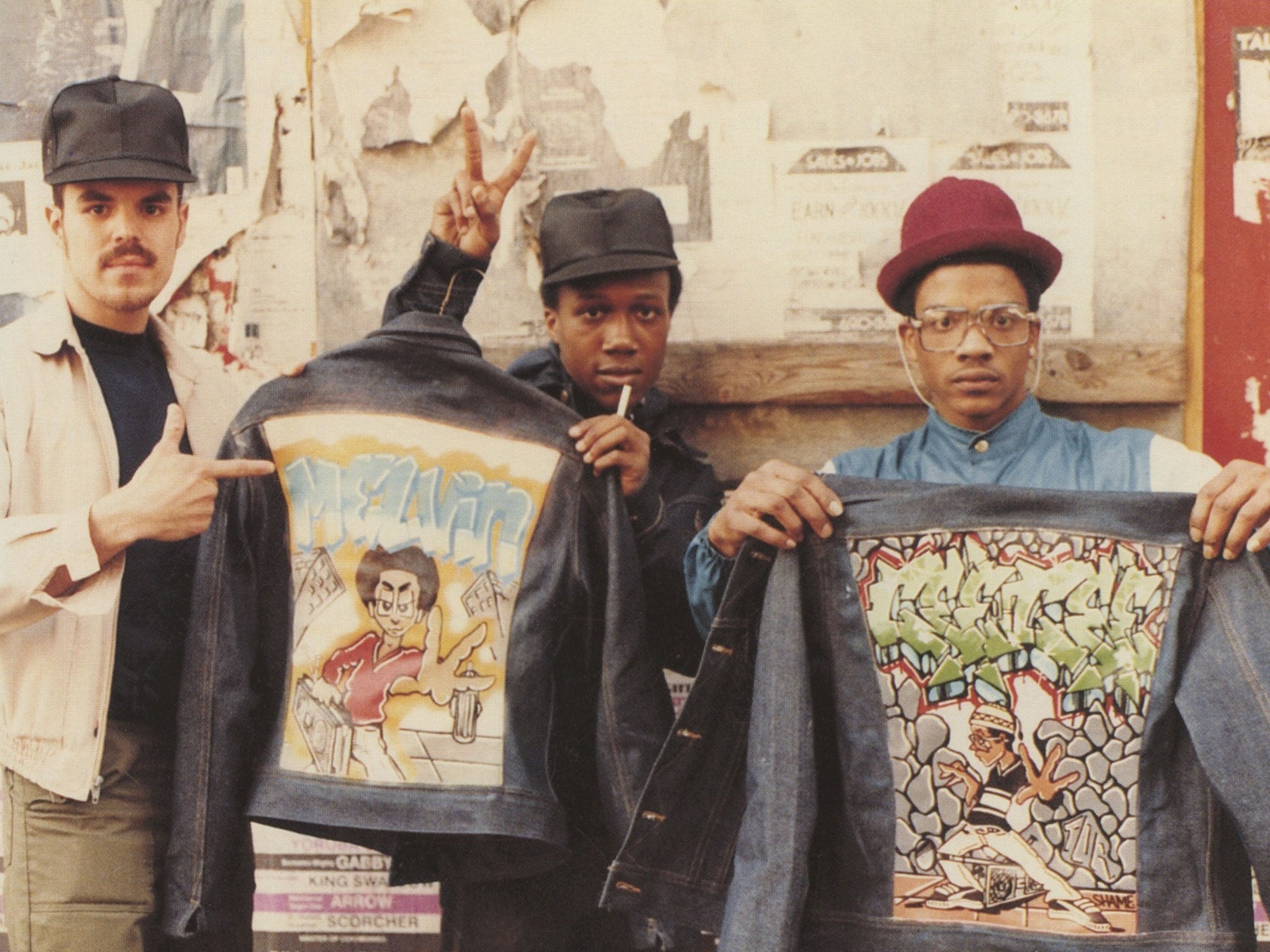Fresh Dressed, film review: From Easy Rider to European fashion shows
(15) Sacha Jenkins, 84 mins

Your support helps us to tell the story
From reproductive rights to climate change to Big Tech, The Independent is on the ground when the story is developing. Whether it's investigating the financials of Elon Musk's pro-Trump PAC or producing our latest documentary, 'The A Word', which shines a light on the American women fighting for reproductive rights, we know how important it is to parse out the facts from the messaging.
At such a critical moment in US history, we need reporters on the ground. Your donation allows us to keep sending journalists to speak to both sides of the story.
The Independent is trusted by Americans across the entire political spectrum. And unlike many other quality news outlets, we choose not to lock Americans out of our reporting and analysis with paywalls. We believe quality journalism should be available to everyone, paid for by those who can afford it.
Your support makes all the difference."Clothes are your wings," one interviewee observes early on in Fresh Dressed, Sacha Jenkins's feature doc on the rise of hip hop and "urban" fashion. The film follows a thread that leads from Easy Rider (the "outlaw look") to the fashion choices of New York street gangs in the Seventies and Eighties (leather jackets and vests), and then on to department stores and catwalks at big European fashion shows.
Race and class loom large. An "urban customer" is defined (at least by the white establishment) as "a scary black or Latino individual who wants to spend money". Where the urban customers lead, others follow.
That was one reason why Tommy Hilfiger was ready to give out clothes for free in downtown New York. He was more than aware that if Tupac Shakur wore a brand or it was featured in a Gap commercial, then sales would immediately rocket.
Jenkins explores the many paradoxes surrounding hip-hop fashion. For kids growing up impoverished in Harlem, Brooklyn or the Bronx, clothes were the most obvious and accessible status symbols. They were about aspiration and affluence.
As years passed, African-American designers began to compete on level terms with the long-established European fashion houses. Sean "Puffy" Combs talks on camera about "combining" what he noticed on the streets around him and what he saw on "runways around the world" to create something entirely new.
However, consumers turned their back on these designers. The market was over-saturated with urban brands, the European designers were stealing their ideas anyway and the brands didn't have "staying power".
As one astute designer puts it, "most urban people really don't want things made by other urban people… they want to buy into a dream".
"Everything comes down to class. The class conversation is bigger than the race conversation," is how Kanye West sums up the reasons urban brands began to struggle.
However fickle the market, Jenkins makes it clear that the urban brands continue to exercise a huge influence on the fashion world today. The fascination of Fresh Dressed lies in the inventive and revealing way it interweaves politics, music and sociology. This, it turns out, is much more than just a documentary about fashion.
Join our commenting forum
Join thought-provoking conversations, follow other Independent readers and see their replies
Comments